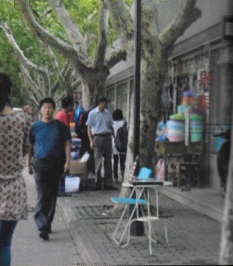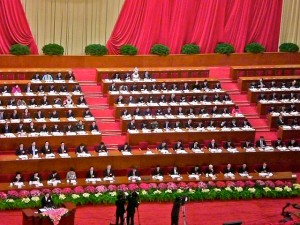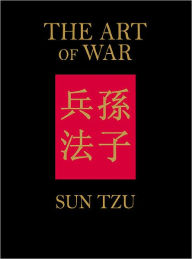
Image taken in Shanghai in August, 2013.
The majority of daily life in Western countries tends to be lived inside one’s home or another building. We go to the gym to exercise, eat our meals in our dining rooms or restaurants, and do our activities in living rooms or bedrooms. Thus it may come as a surprise when Westerners find Chinese locals doing nearly everything (even sometimes sleeping and bathing) out in public.
Life is often lived outdoors for native Chinese, and this is due to two major components of China: overpopulation and lack of space. China is the size of the USA with nearly three times the population, and much of the country is nigh inhabitable. This means one’s home in China is very small, consisting of a few small rooms.
It is because of this and several other factors that many Chinese choose to do activities outdoors rather than indoors. While in China, it is common to find groups of elderly men and women exercising in parks or at schools, students sitting outdoors studying or playing sports, and men and women of all ages eating outside their homes. People will practice instruments outside, alone or with groups, as well as read novels or poetry. At night, people sit outside drinking and playing mah-jong or other board games as vendors pack up for the night. Even competitions or tournaments will be held out in the streets, sometimes in front of businesses or popular locales, rather than in a stadium. Life is bustling for China when out in the streets, and if you’re studying Chinese, it only adds to the number of instances for you to practice!




